Scientists have been surprised and impressed with the long-distance travel of two birds recently, a common cuckoo who flew from southern Africa to Mongolia, and an eastern curlew, who flew from Australia to China.
Onon, the Common Cuckoo
Onon is a common cuckoo. He’s one of 5 cuckoos who were tagged last summer in Mongolia, far to the north of China. Though cuckoos originally came from Africa, until recently scientists weren’t sure that cuckoos from Mongolia flew to Africa for the winter.
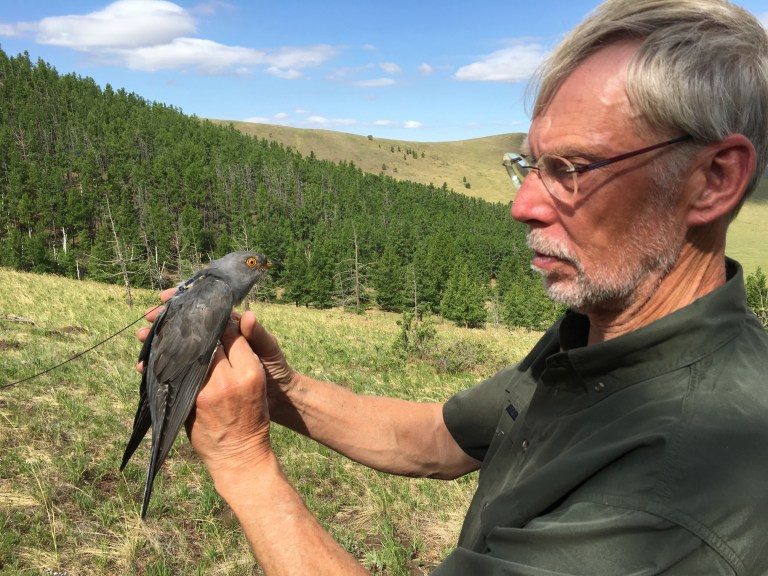
(Source: BirdingBeijing.com.)
In June, 2019, scientists attached tiny trackers to five cuckoos. These satellite tags allowed the scientists to follow the movements of the birds on a map. Sure enough, Onon spent the winter in southern Africa – in Zambia.
This spring, Onon returned to Mongolia, amazing scientists once again with his long-distance flying. In just a couple of months, Onon flew more than 7,500 miles (12,000 kilometers). He crossed 16 countries, flying at an average speed of 37 miles per hour (60 kilometers per hour).
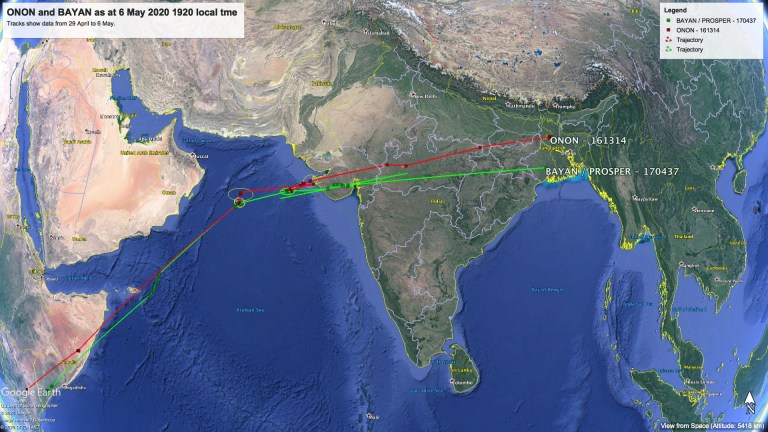
(Source: BirdingBeijing.com.)
Long migrations are common among sea birds, but cuckoos are land birds. “It was one of the longest animal migrations which has been recorded for a land bird,” said Chris Hewson, one of the project’s lead scientists.
At times, Onon stopped for a few hours or a few days. But some of the long stretches, like crossing the Indian Ocean, had to be done without stopping.
Long migrations like this are dangerous. The birds have to travel through strong winds and storms, make sure they find enough to eat, and avoid being eaten themselves.
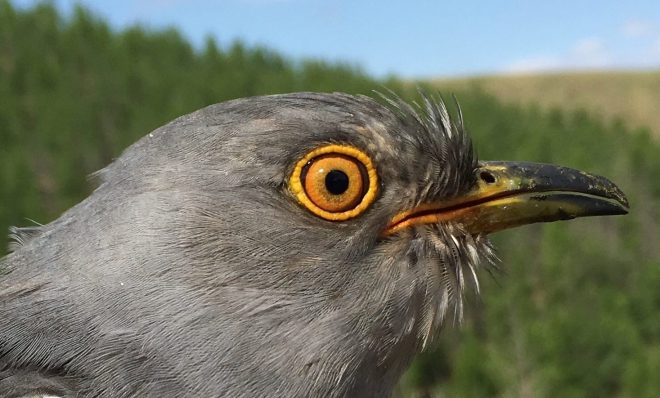
(Source: BirdingBeijing.com.)
Luckily, cuckoos seem to have a good sense of weather patterns, allowing them to fatten up as much as possible right before they leave. They also seem to be good at finding helpful winds that allow them to travel long distances without getting too tired.
Still, flying such long distances isn’t easy. Onon is the only one of the five tagged cuckoos who made it all the way back to Mongolia.
AAJ, the Eastern Curlew
The other bird making the news is a three-year-old eastern curlew named AAJ. Eastern curlews are wading birds who spend much of their time in mudflats (muddy areas along the coast) searching for crabs or other small sea creatures.
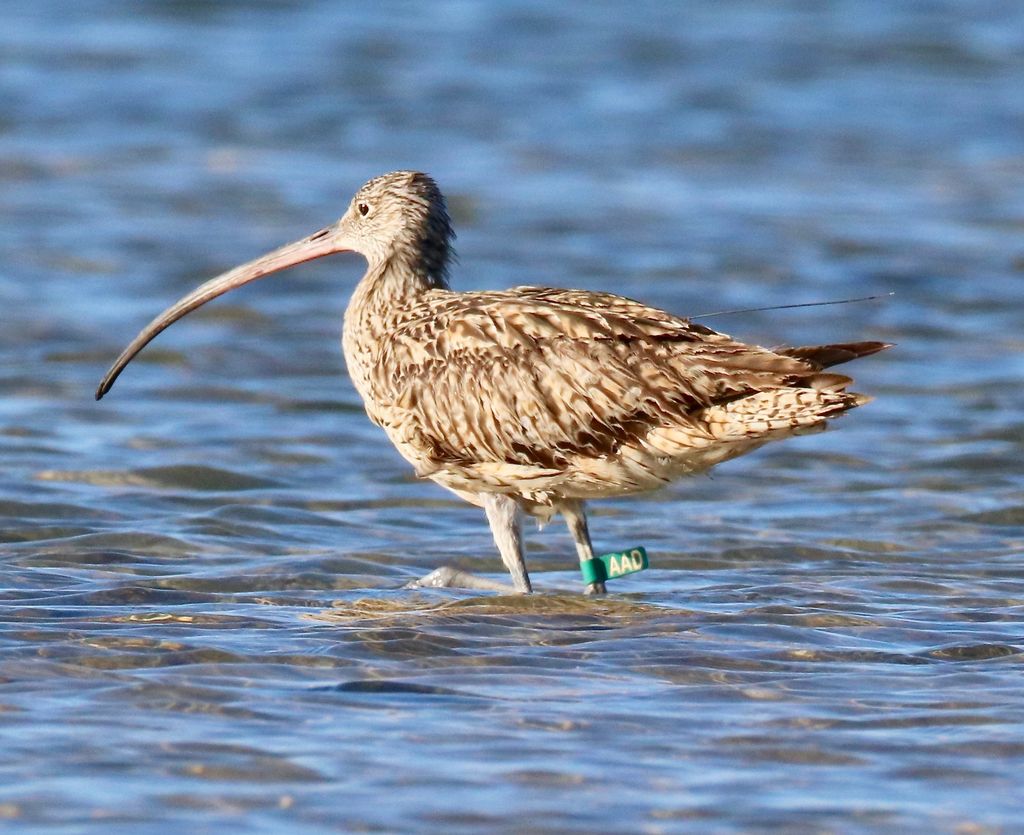
(Source: Robert Bush, Queensland Wader Study Group.)
AAJ is a young curlew who spent the first few years of his life in Moreton Bay in Queensland, Australia. This year, experts thought he might join the older curlews on their yearly migration to China. But AAJ stuck around long after the older birds had taken off.
Then, suddenly, six weeks later, AAJ took off. He flew from Queensland, Australia, across the island of New Guinea, and over a large section of the Pacific Ocean. In all, he covered around 4,970 miles (8,000 kilometers). In just 10 days, he had reached an area of mudflats north-east of Shanghai, China.
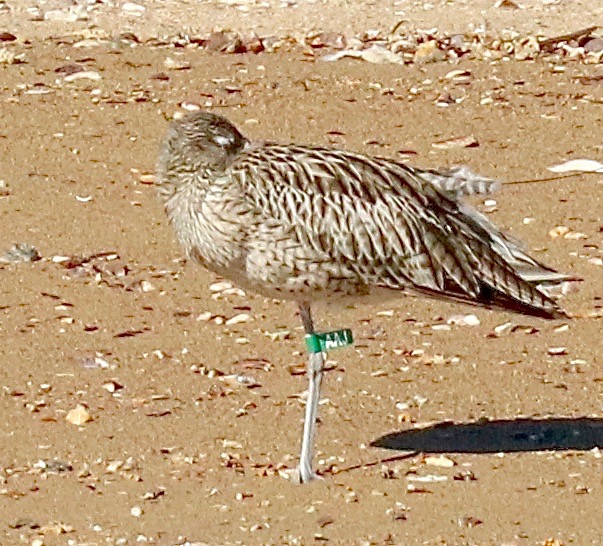
(Source: Robert Bush, Queensland Wader Study Group.)
Onon and AAJ have arrived, but their stories are far from over. They will spend up to a couple of months feeding and enjoying their new locations, before turning around and starting their incredible, long journeys once again.
Did You Know…?
AAJ’s successful migration is about more than just one bird. Eastern curlews are in danger of dying out. In the past 30 years, the curlew population has gone down by 80%. One big reason is that the mudflats the birds depend on are being destroyed by rising sea levels and human building and drilling.
Currently, businesses are pushing hard to do more building in AAJ’s home of Moreton Bay. That could be very bad news for eastern curlews and other birds that depend on the area.
